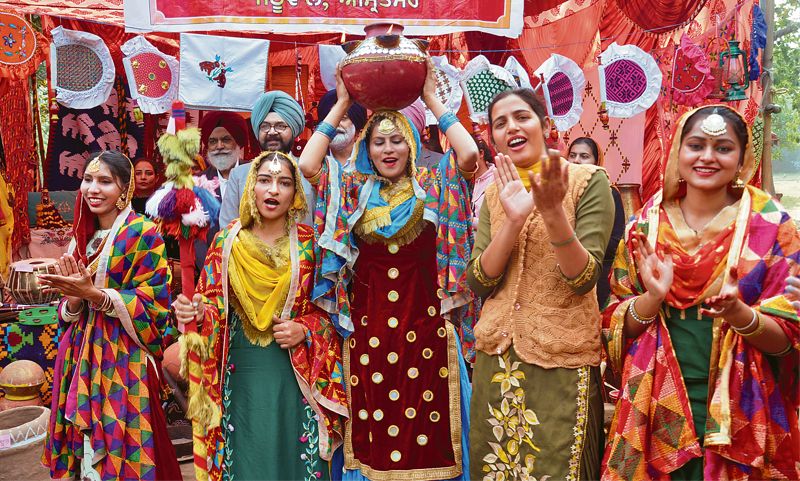
Students dressed in traditional attire perform jaago for visitors.
GNDU’s exhibition on its 52nd Foundation Day reminds us of an era gone by as heritage items put on display are slowly vanishing from Punjabi lifestyle and culturescape. Tribune correspondent Neha Saini and photojournalist Sunil Kumar take us down the memory lane…
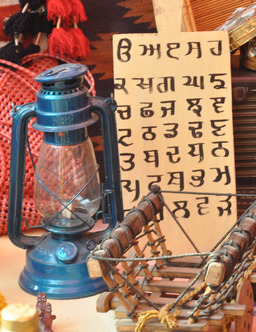
IT was like a walk through an era gone by as eight colleges from Jalandhar, Amritsar and Pathankot set up stalls of heritage items that included vintage kitchens, living rooms and glorious hand weaves that Punjab is famous for.
 The Lok Virsa exhibition at GNDU marked the university’s 52nd Foundation Day. The exhibition has several items on display that are now vanishing from Punjabi lifestyle and culturescape. Items such as chakki that used to grind grains or the gramophone, or handmade thathera utensils (made of brass and bronze) that also found mention in the UNESCO’s intangible heritage list have been displayed.
The Lok Virsa exhibition at GNDU marked the university’s 52nd Foundation Day. The exhibition has several items on display that are now vanishing from Punjabi lifestyle and culturescape. Items such as chakki that used to grind grains or the gramophone, or handmade thathera utensils (made of brass and bronze) that also found mention in the UNESCO’s intangible heritage list have been displayed.
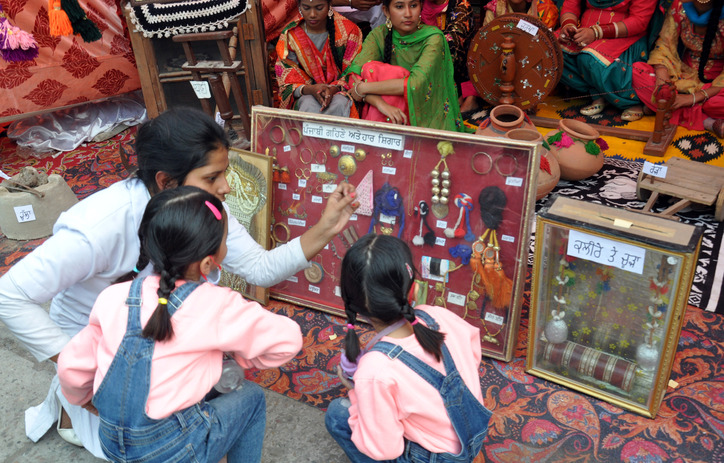
Colleges participating are Apeejay College of Arts, Jalandhar; Hans Raj Mahila Mahavidyalaya, Jalandhar; BBKDAV College for Women; Khalsa College of Education, Amritsar; Sidana Institute of Education, Amritsar; Baba Budda College, village Thatha, Tarn Taran; Anand College of Education, Amritsar; Shanti Devi Arya Mahila College, Dinanagar; and Shri Guru Angad Dev College, Khadoor Sahib.
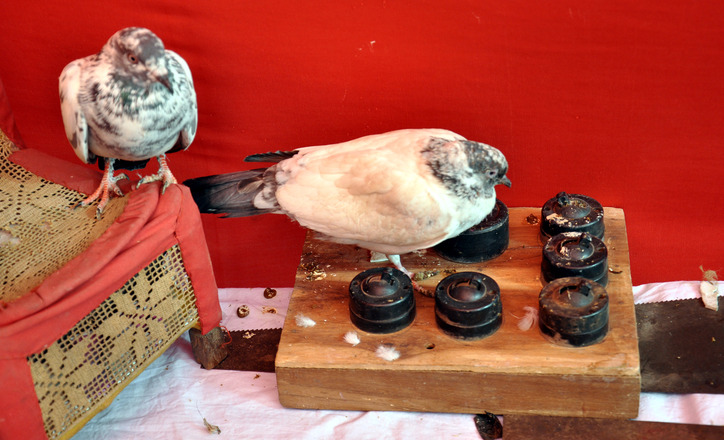
Students also performed folk dances and songs such as jaago, boliyan and sammi for visitors.
The most popular attraction was the 200-year-old hand-woven phulkari chaddar. A lot of stalls had a lot of traditional, old-world household items, including gramophone, radio and tools used in looms set up at home by women, who used to make phulkaris and durries at home. Live traditional, vintage kitchen were also set up at several stalls. Earthen pots and commonly found kitchen items such as chaati, chakki, masaledaanis, degh and others that have now vanished from modern lifestyle were also put on display for visitors, especially the younger generation to familiarise them about Punjabi culture and lifestyle.

Phulkaris, splendid baghs, hand-weaved pakkhis (fans) and durries, too, were an education about the rich textile and crafts of Punjab. Rare and old coins, some dating back to the 14th and 15th century, were also put on display.
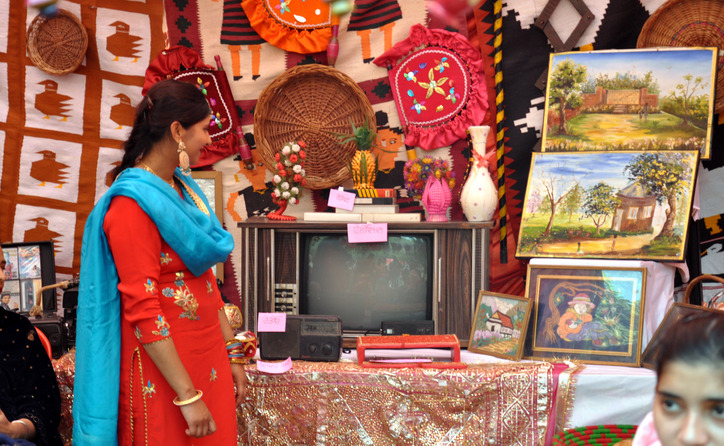
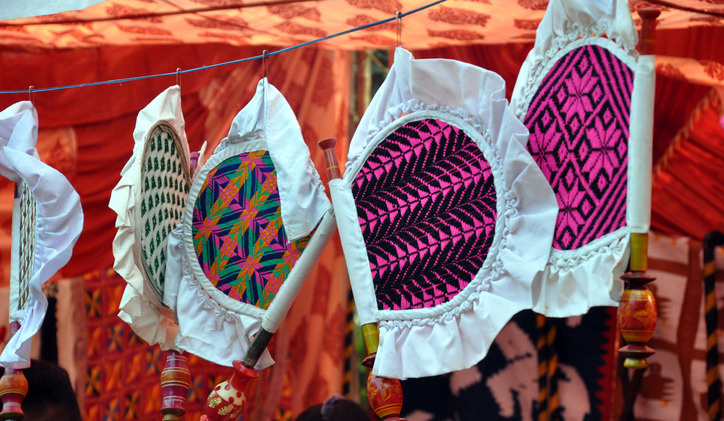
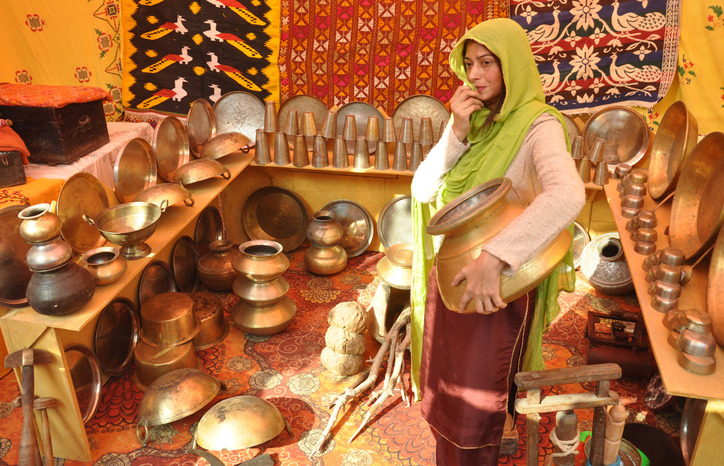
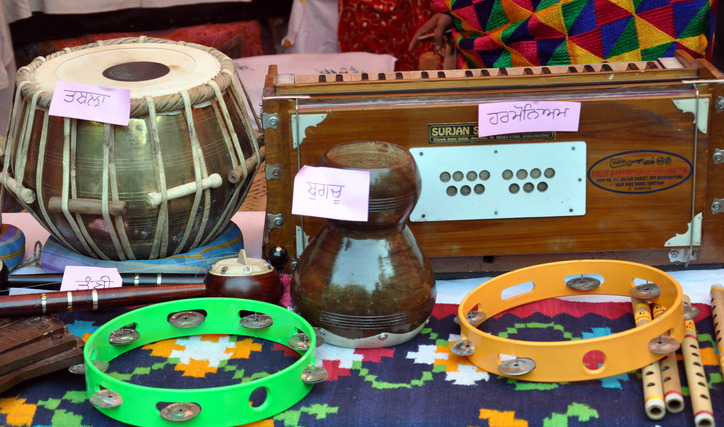
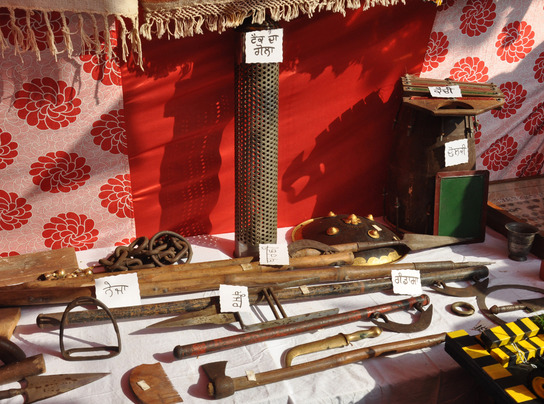
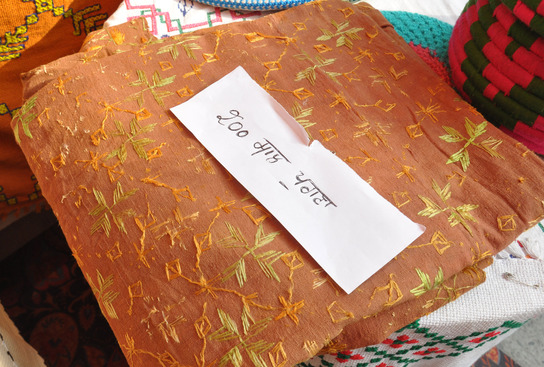
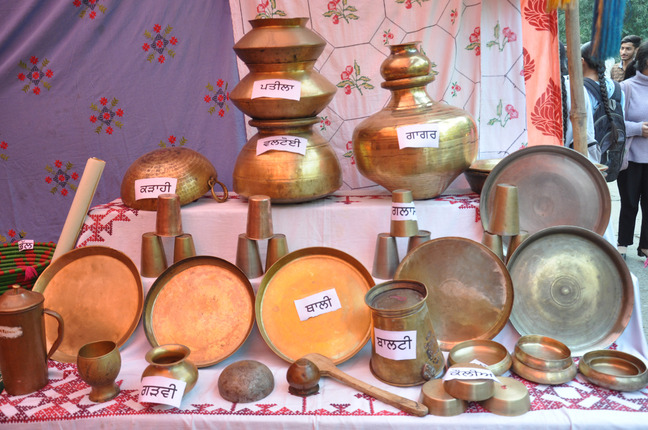

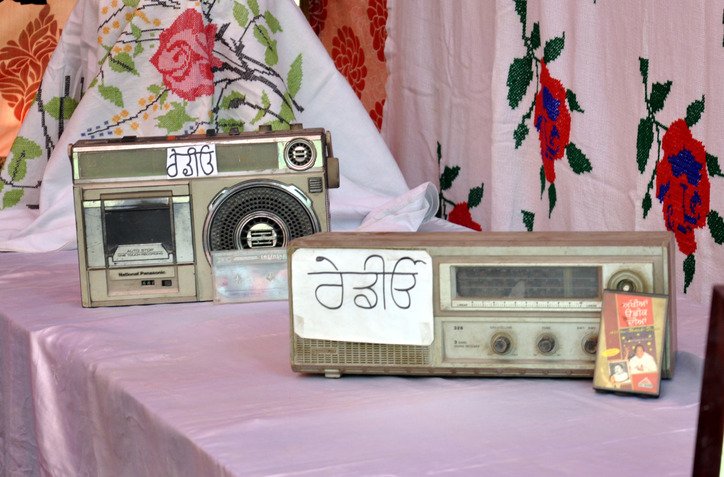
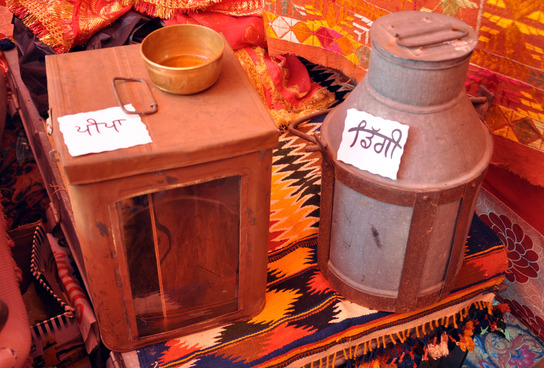
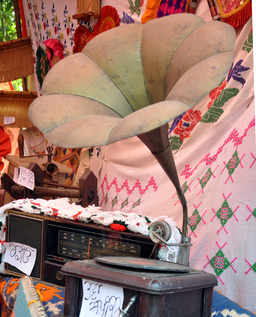
Join Whatsapp Channel of The Tribune for latest updates.



























